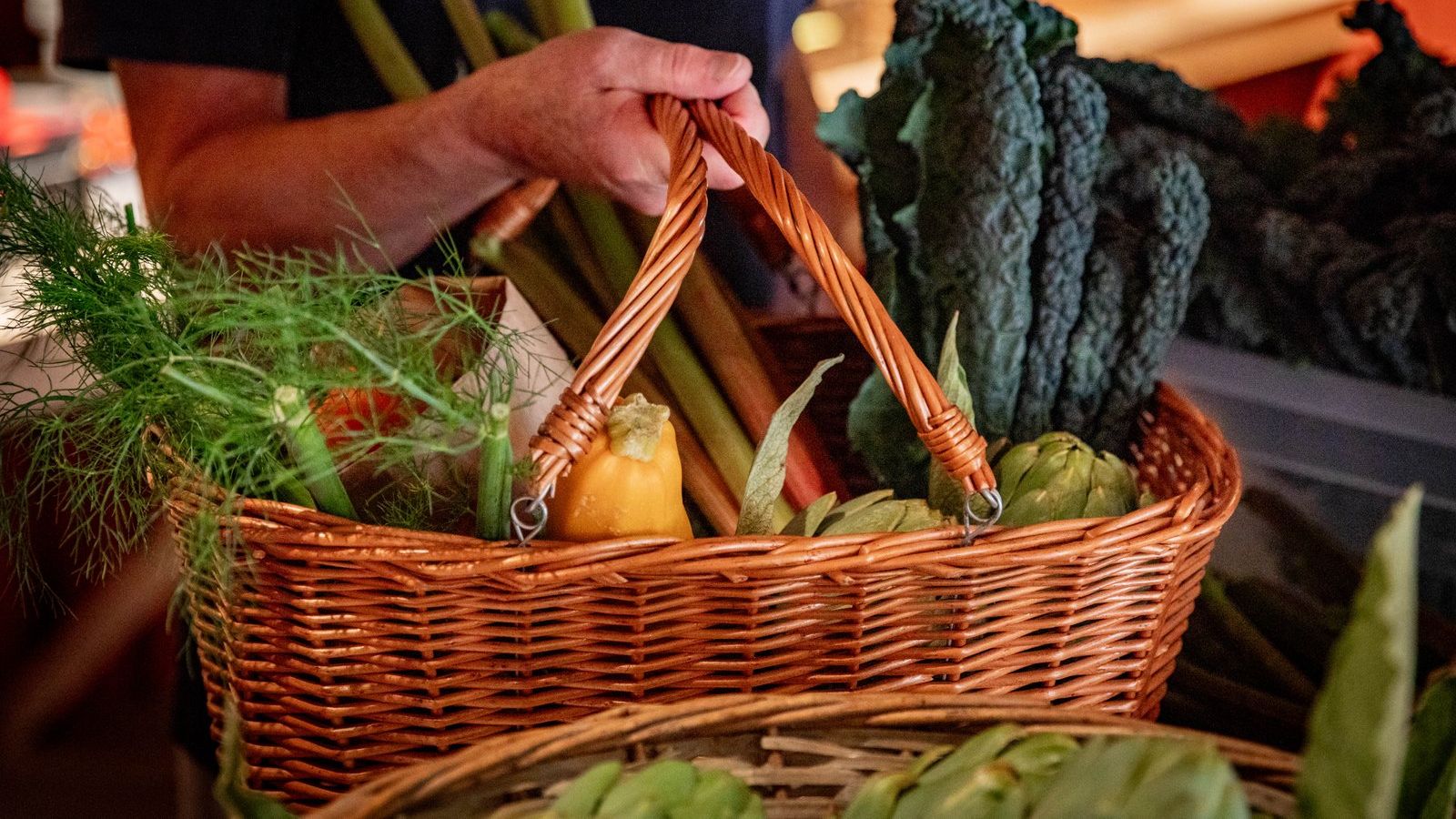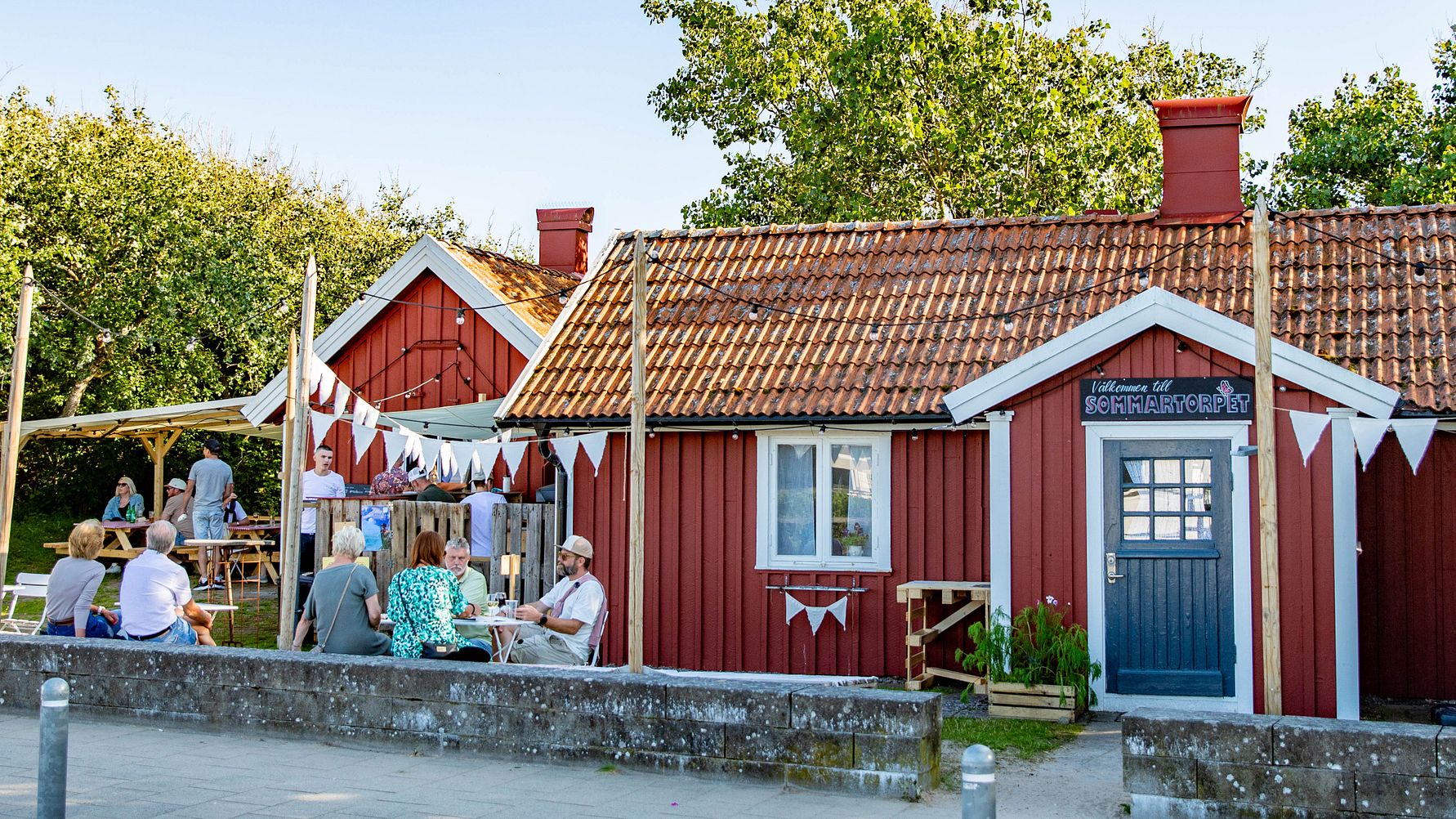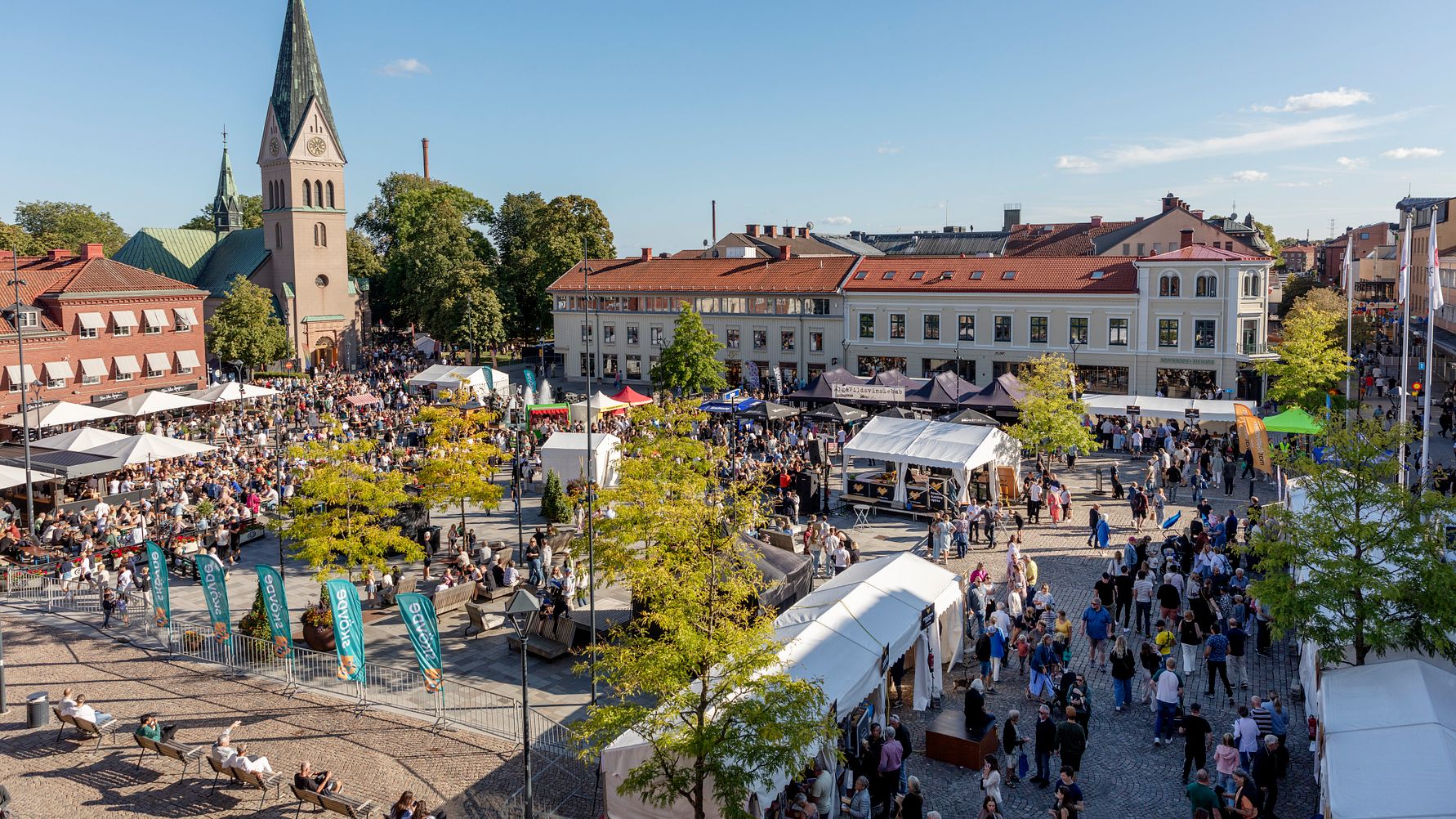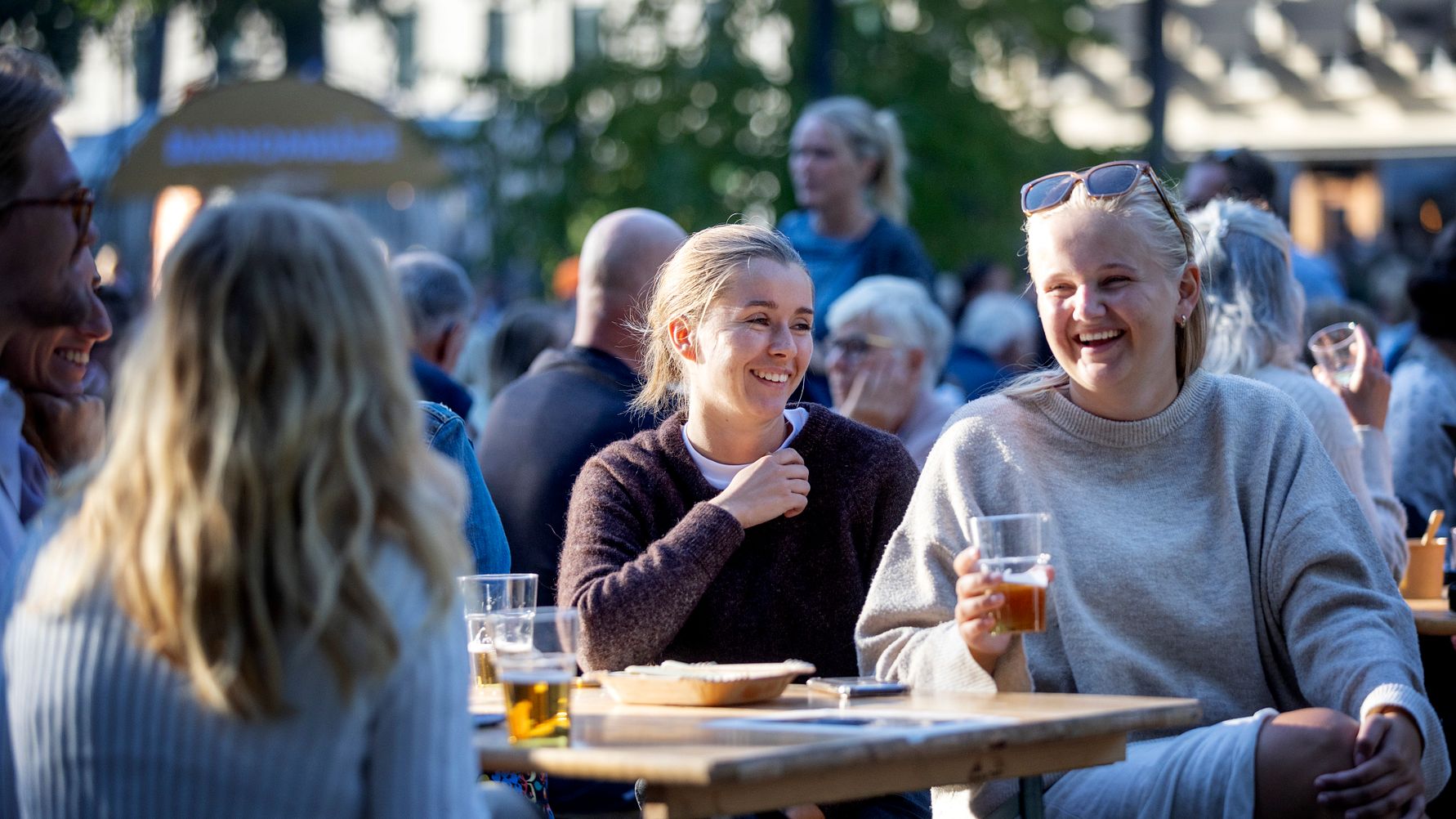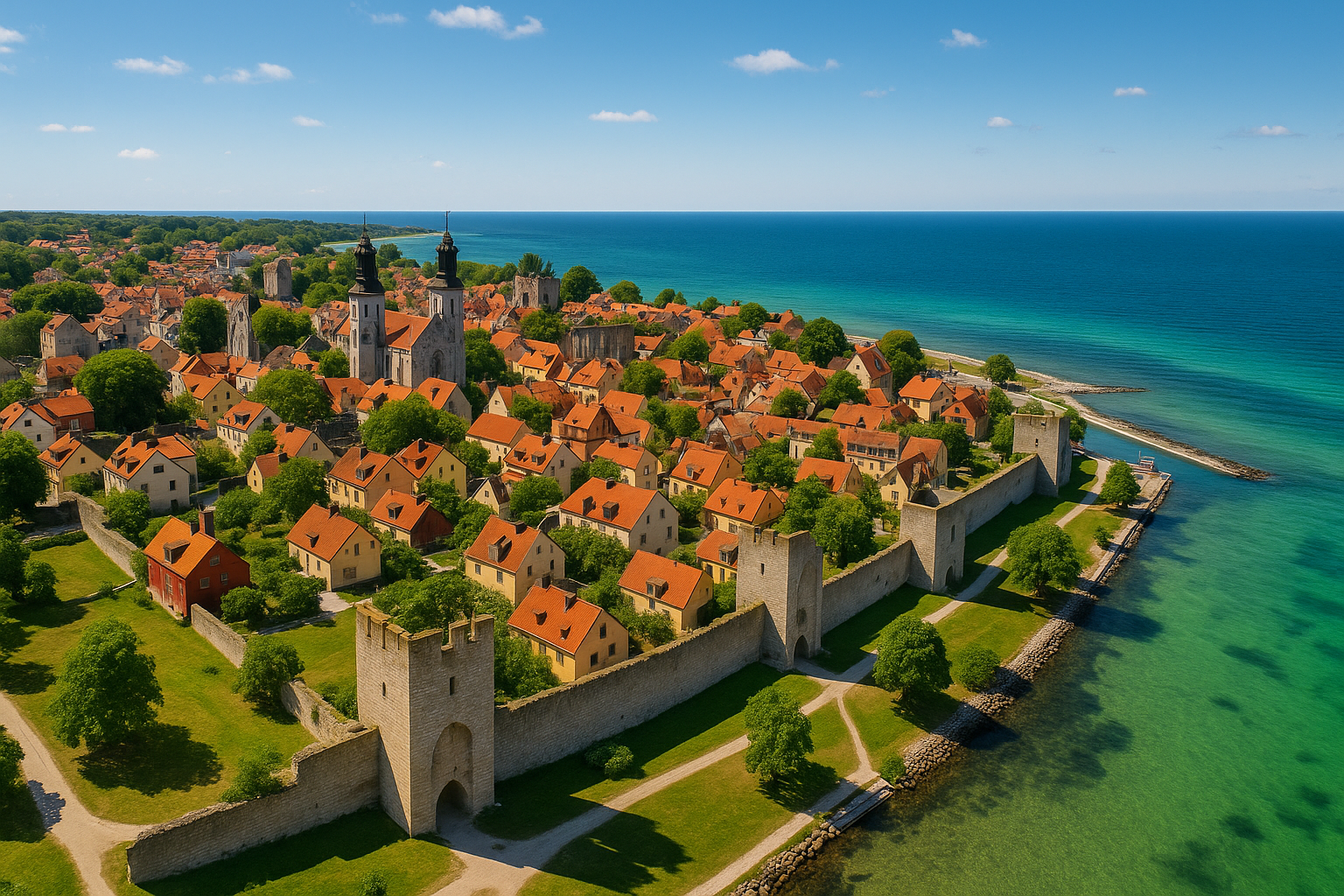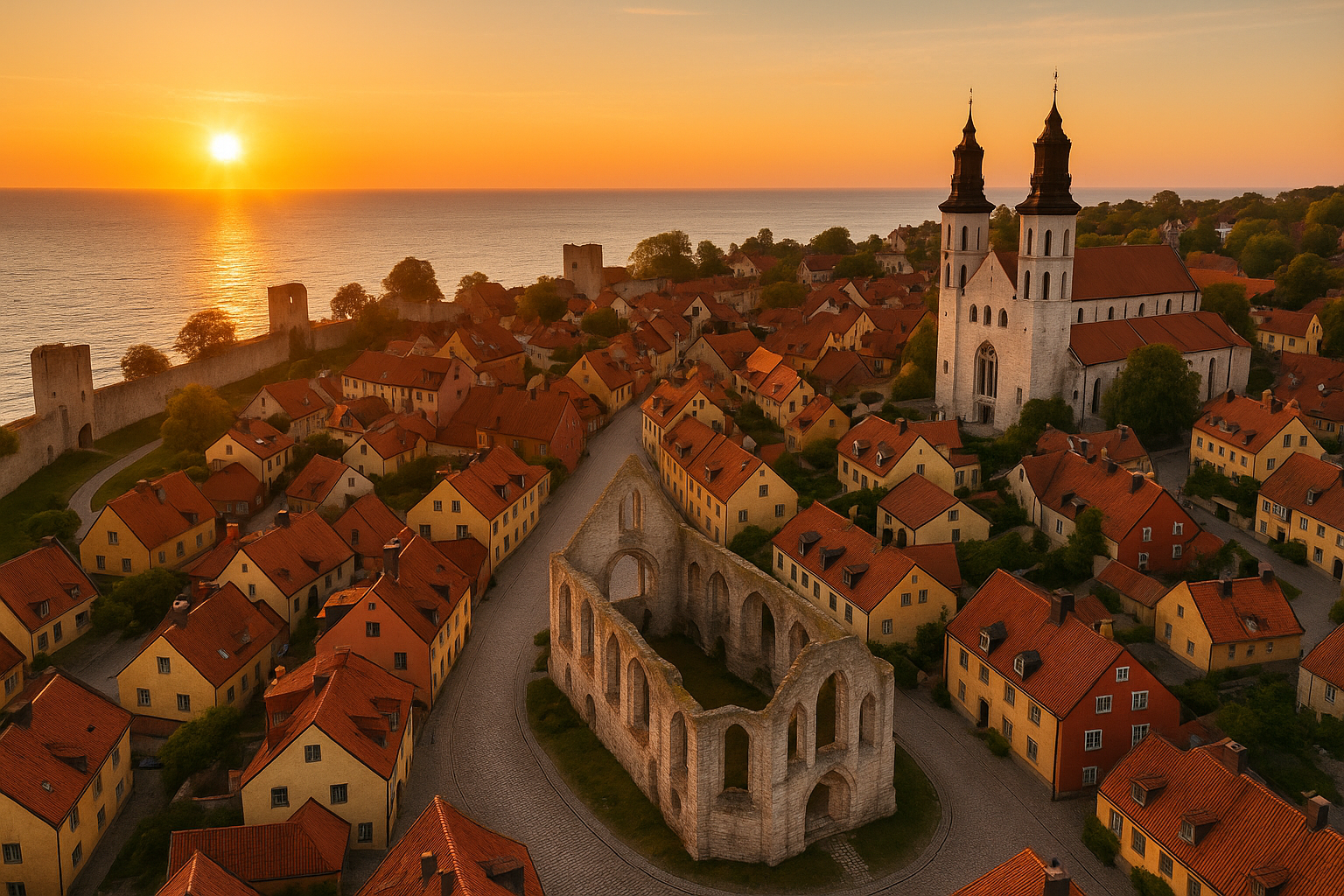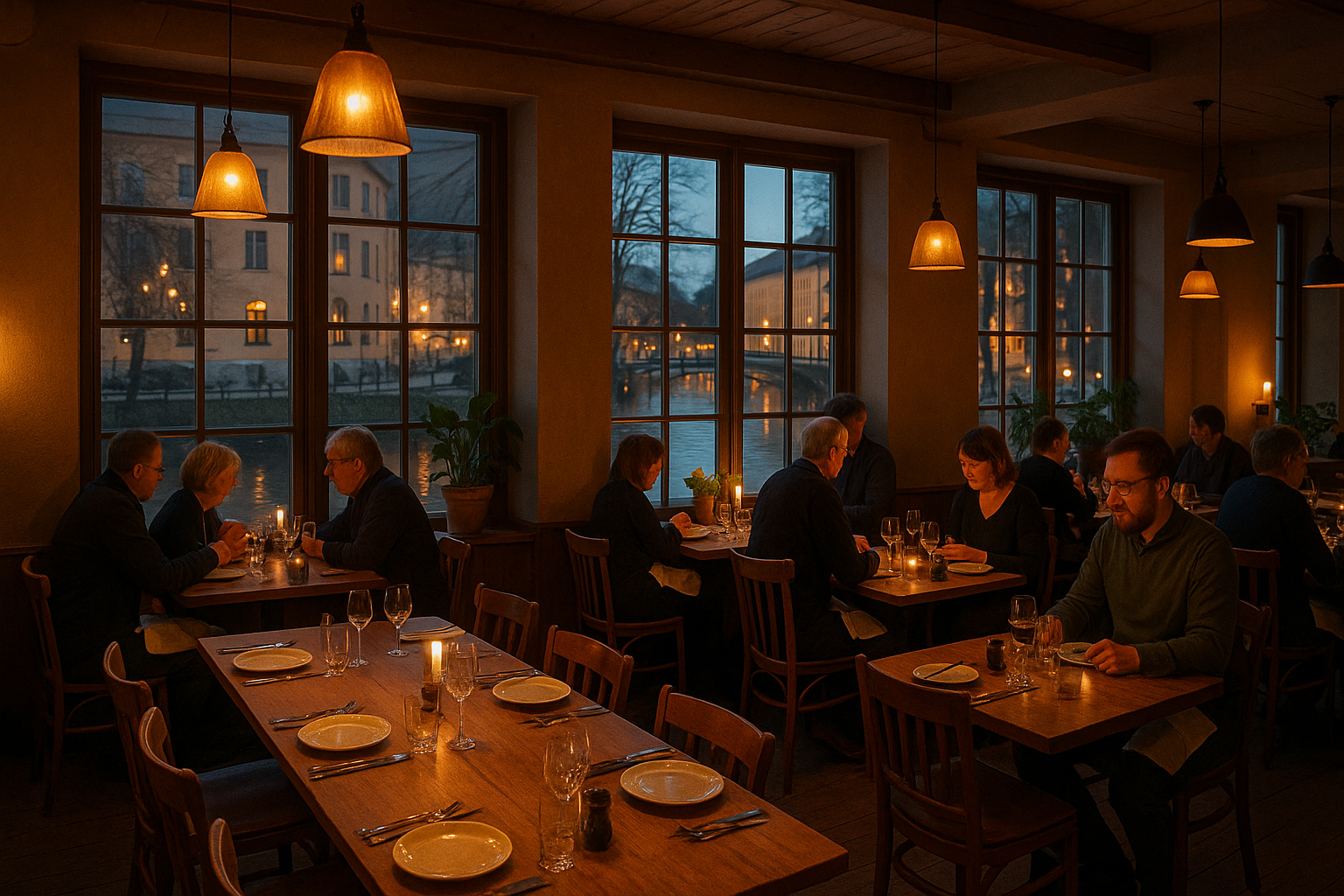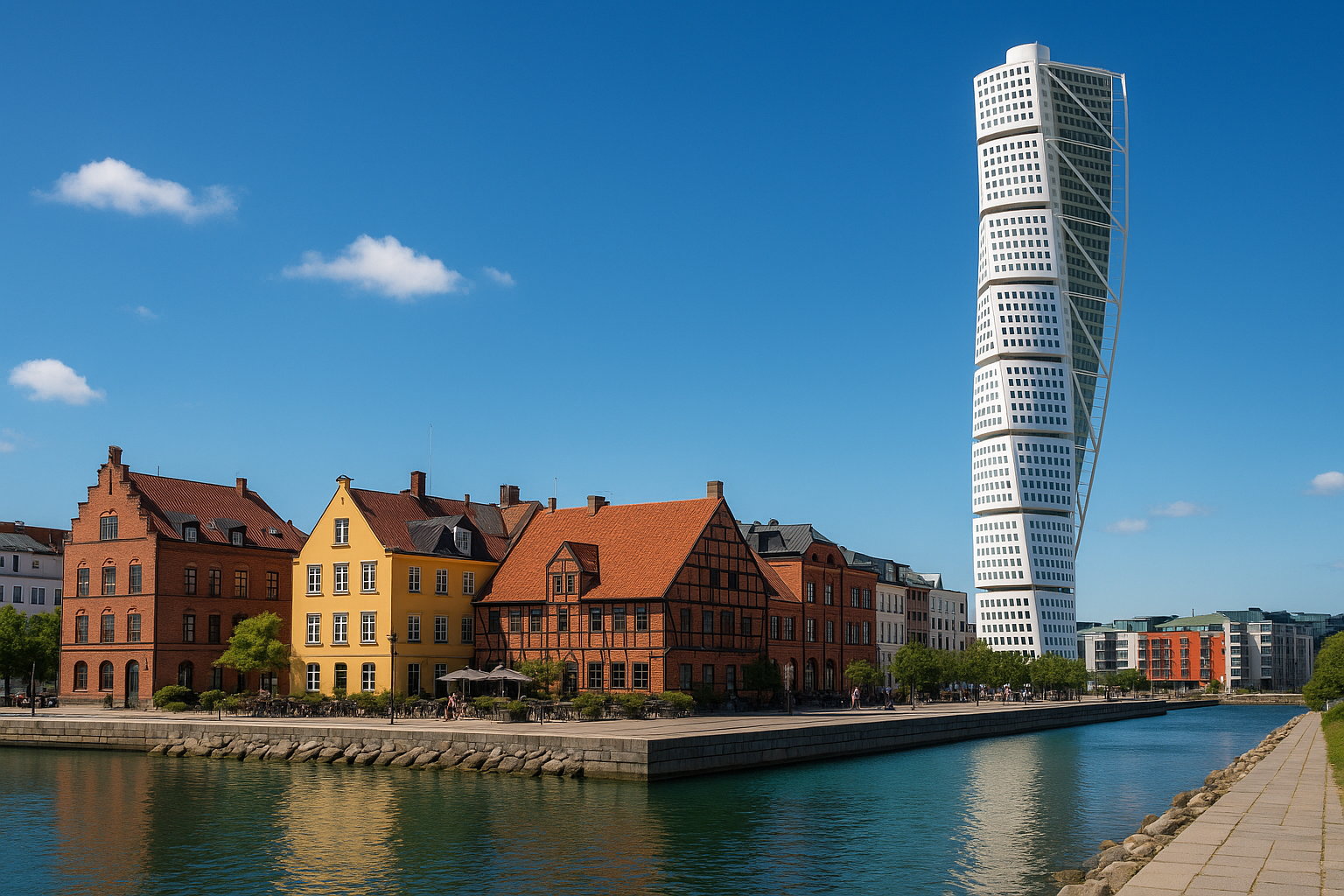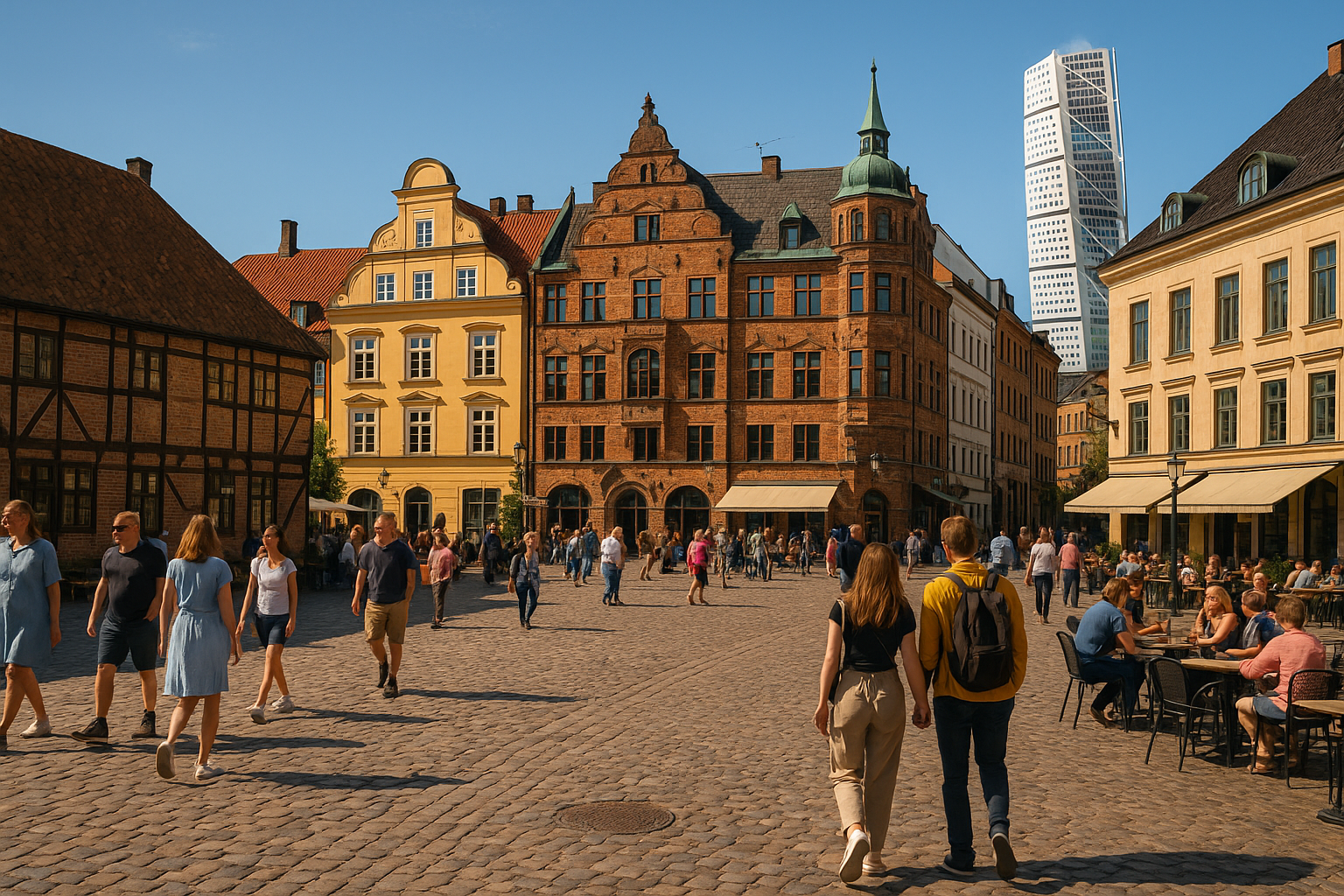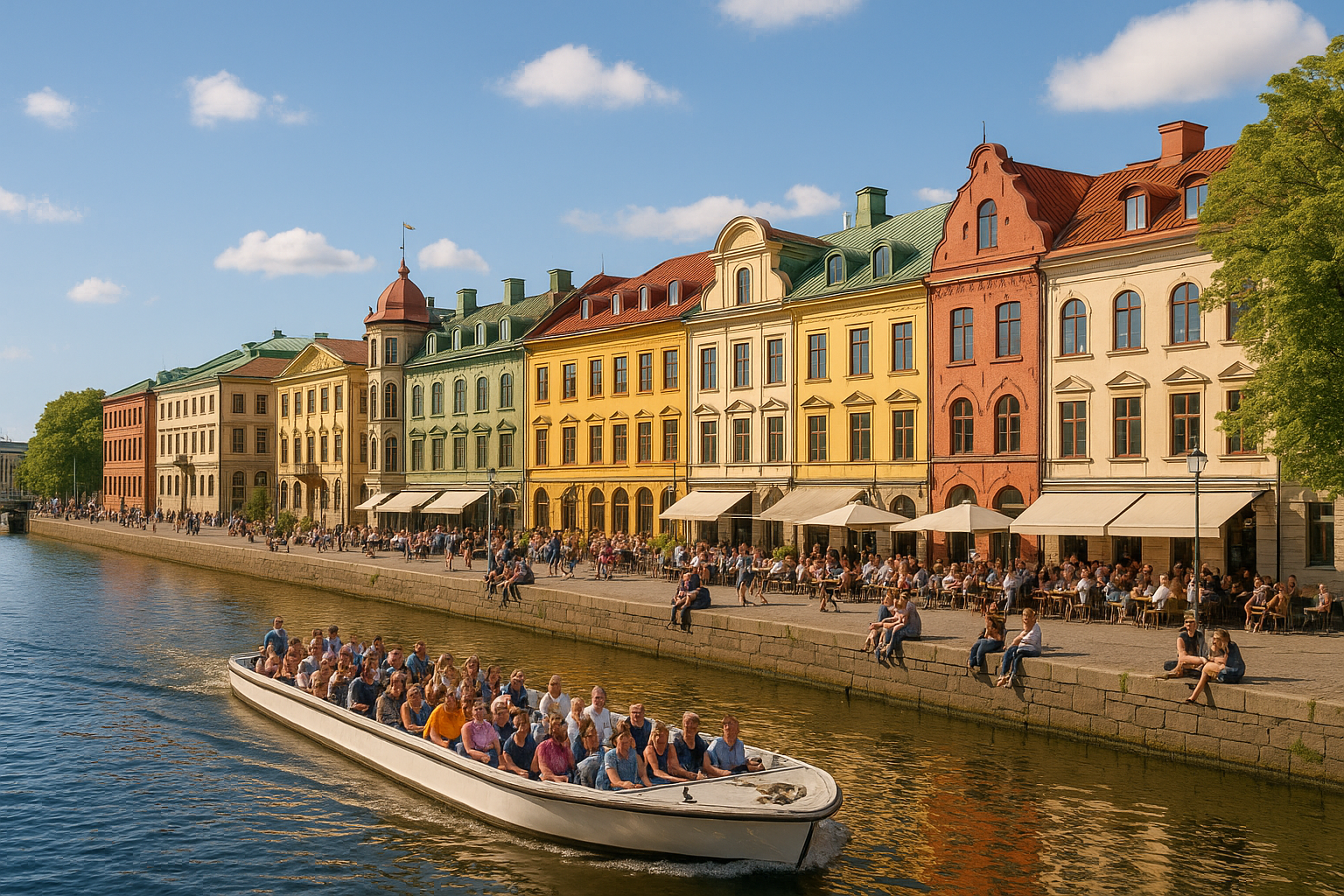Surströmming: The Complete Guide to Swedish Fermented Herring
Surströmming, Sweden’s infamous fermented Baltic herring, is one of the world’s most distinctive culinary experiences. Known for its powerful aroma and unique flavor profile, this traditional delicacy offers a fascinating glimpse into Nordic food culture, fermentation techniques, and culinary history.
What Is Surströmming? Understanding Sweden’s Fermented Fish Tradition
Surströmming (literally ”sour herring”) is Baltic herring that undergoes a carefully controlled lactic acid fermentation process. This traditional Swedish food dates back to the 16th century and is renowned for its extremely pungent smell that has earned it a reputation as one of the world’s most challenging foods to consume.
Unlike regular preserved fish, surströmming’s unique character comes from its limited salting process, allowing specific bacteria to ferment the fish and create its distinctive flavor and aroma. According to Wikipedia, the fermentation process is similar to that used in other fermented foods like kimchi and sauerkraut, but with dramatically different results.
Origins and Historical Significance
The development of surströmming was born of necessity. In 16th century Sweden, salt was expensive and often scarce. Northern coastal communities needed to preserve their spring herring catches with minimal salt, inadvertently creating the fermentation process that would define this cultural icon.
What began as a practical preservation method evolved into a cherished culinary tradition, particularly in northern Sweden’s coastal regions. The Stockholm Museum notes that surströmming exemplifies the Swedish cultural value of resourcefulness—turning necessity into tradition.
How Surströmming Is Made: The Fermentation Process
The production of authentic surströmming follows a carefully controlled process:
- Spring-caught Baltic herring (April-May) are gutted while heads remain
- The fish are placed in barrels with just 2-3% salt (significantly less than typical preservation)
- Initial fermentation occurs in barrels for 1-2 months
- The partially fermented fish are transferred to cans
- Fermentation continues in the sealed cans for at least 6 more months
- Bacteria produce acids and gases that cause the iconic bulging cans
As Visit Sweden explains, the fermentation creates complex flavors through enzymatic breakdown of proteins. Recent research from Food, Culture & Society highlights how this represents a uniquely Swedish approach to preservation and flavor development.
Current Challenges in Production
According to a 2025 report from Radio Sweden, traditional producers face challenges as Baltic herring populations struggle to recover from decades of overfishing. This has led to concerns about the future availability and sustainability of authentic surströmming.
The Sensory Experience: What to Expect
The smell of surströmming is legendary—often described as one of the most potent food aromas in existence. When a can is opened, the pressurized gases release a powerful scent frequently compared to rotten eggs, vinegar, and strong cheese combined. This has led to the popular ”surströmming challenge” videos that have garnered millions of views online, as seen in recent posts on X.
However, as Forbes reports, there’s an important distinction between smell and taste. While the aroma is overwhelming, the actual flavor is considerably milder—predominantly salty and tangy with complex umami notes that many find enjoyable when properly prepared.
Fermented Baltic Herring vs. Other Preserved Fish
Unlike pickled herring (sill), which uses high salt and vinegar for preservation, surströmming relies on bacterial fermentation with minimal salt. This creates a fundamentally different product in terms of texture, flavor, and aroma. The fermentation process also distinguishes it from other Scandinavian preserved fish like Norwegian rakfisk or Icelandic hákarl.
| Preserved Fish | Origin | Preservation Method | Flavor Profile |
|---|---|---|---|
| Surströmming | Sweden | Lactic acid fermentation (low salt) | Pungent, tangy, umami-rich |
| Sill (Pickled Herring) | Sweden/Nordic | Vinegar and high salt | Tangy, sweet, mild |
| Rakfisk | Norway | Semi-fermentation (trout/char) | Milder, cheese-like |
| Hákarl | Iceland | Fermented/cured shark | Ammonia-like, strong |
How to Eat Surströmming: The Traditional Swedish Way
The proper way to enjoy surströmming involves specific preparations that help balance its strong character. Scandinavia Standard outlines the traditional approach:
Classic Surströmming Sandwich (Surströmmingsklämma)
- Bread Base: Start with tunnbröd (thin Swedish flatbread) or soft potato bread
- Fat Layer: Spread with butter or crème fraîche to create a moisture barrier
- Add Potatoes: Layer thinly sliced boiled potatoes
- Add Aromatics: Sprinkle finely diced red onion and fresh dill
- Add Fish: Small pieces of filleted surströmming (remove bones and skin)
- Optional: Add sliced tomatoes or a squeeze of lemon juice
Essential Opening Tips
- Always open underwater—submerge the can in a bucket to contain spray and smell
- Open outdoors only (never indoors!)
- Have all accompaniments prepared before opening
- Wear clothes you don’t mind getting smelly
- Consider disposable gloves for handling
Swedish tradition dictates serving surströmming with snaps (aquavit) or light beer to complement the flavor profile. As recent social posts show, the communal aspect of eating surströmming remains central to the experience.
Nutritional Benefits of Fermented Fish
Beyond its cultural significance, surströmming offers several nutritional benefits according to TasteAtlas:
- High-Quality Protein: Approximately 16g per 100g serving
- Omega-3 Fatty Acids: Beneficial for heart and brain health
- Vitamin D: Essential for bone health and immune function
- Probiotics: The fermentation process creates beneficial bacteria
- Bioavailability: Fermentation increases nutrient absorption
As interest in fermented foods continues to grow due to their gut health benefits, Stinky Fish Challenge notes that surströmming is gaining attention among nutritionists for its probiotic content—aligning with modern wellness trends despite its traditional origins.
Cultural Significance and Modern Interpretations
Surströmming holds significant cultural importance in Sweden, particularly through the annual surströmmingsskiva (surströmming party) traditionally held in late August. These gatherings represent Swedish social values and community bonds, with families and friends gathering to share this distinctive culinary experience.
Modern interpretations are emerging as innovative chefs incorporate surströmming into contemporary cuisine. Recent trends documented by Broccolini Recipes include using small amounts of surströmming in cream-based pasta sauces, creating fermented herring pâté, or using it as a flavor-enhancing ingredient rather than the main component.
The international ”surströmming challenge” has created a unique form of culinary tourism, with visitors traveling to Sweden specifically to experience this legendary food firsthand, as highlighted in recent social media trends.
Frequently Asked Questions About Surströmming
Is surströmming safe to eat?
Yes, properly produced surströmming is completely safe for consumption. The fermentation creates an acidic environment that prevents harmful bacterial growth. However, as with any fermented product, it should be consumed before its expiration date.
Where can I buy surströmming?
Outside Sweden, surströmming can be purchased from specialty Scandinavian food stores and select online retailers. Shipping restrictions may apply due to the pressurized cans.
What does surströmming taste like compared to regular herring?
While regular herring has a mild, slightly sweet flavor, surströmming has a much stronger, tangy, umami-rich taste. The texture is also softer and more delicate than fresh or pickled herring.
Is the bulging can normal or has it gone bad?
The bulging is completely normal and indicates proper fermentation. The gases produced cause pressure that makes the can bulge. However, if the can is damaged or leaking, it should not be consumed.
How do other Scandinavian countries prepare fermented fish?
Norway produces rakfisk (fermented trout or char), Finland has kalakukko (fish baked in bread), and Iceland is known for hákarl (fermented shark). Each country has developed distinct preservation methods based on local conditions and available resources.
Are there concerns about surströmming sustainability?
Yes, according to recent reports, Baltic herring populations are under pressure from overfishing and environmental factors, raising concerns about the future of traditional surströmming production.






















